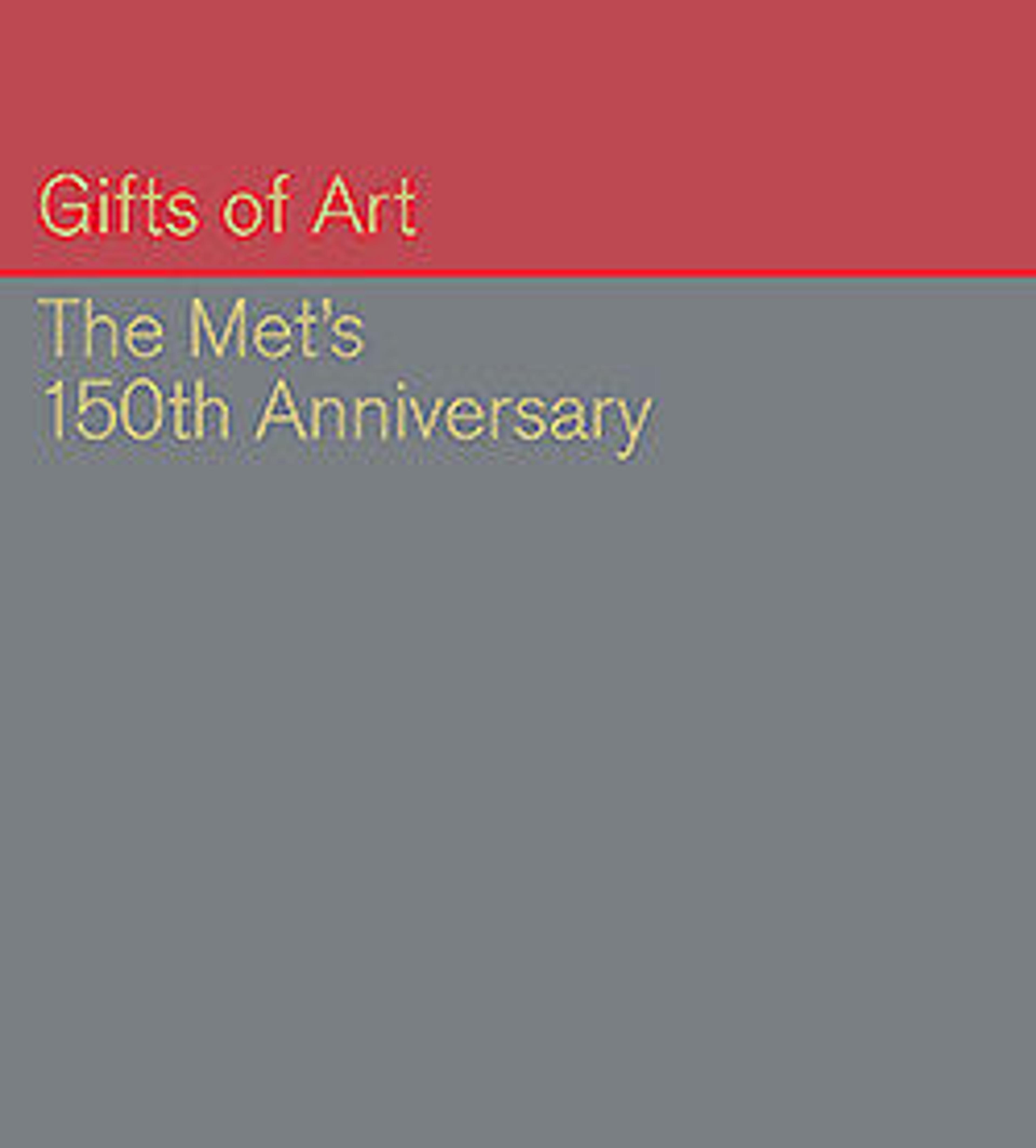War Mask
This exceptionally rare war mask is one of only two known examples from Tibet. It is subtly forged in iron to represent a human or divine visage, boldly damascened in gold with flame-like tendrils for eyebrows, around the mouth, and framing the face. By contrast, the second example, although equally rare and important, and also in The Met’s collection (acc. no. 2007.10), is intentionally plain in its design and virtually without decoration. War masks made of metal, usually iron or copper alloys, and intended specifically as armor, existed in many cultures for nearly 2,000 years, from Roman Britain in the 1st century A.D. to Japan up to the end of the Edo period in the late nineteenth century. They were probably introduced into Tibet by the Mongols by the fourteenth century and were used in Central Asia and West Asia until at least the sixteenth century. While many types of Tibetan dance and ritual masks exist, this mask is the only known example of a decorated iron war mask from Tibet.
Artwork Details
- Title: War Mask
- Date: 14th–16th century
- Culture: Tibetan
- Medium: Iron, gold, copper alloy
- Dimensions: H. 7 11/16 in. (19.5 cm); W. 5 3/4 in. (14.6 cm); D. 2 1/4 in. (5.7 cm); Wt. 12.2 oz. (346 g)
- Classification: Armor Parts-Masks
- Credit Line: Gift of Steven Kossak, The Kronos Collections, in celebration of the Museum's 150th Anniversary, 2022
- Object Number: 2022.430
- Curatorial Department: Arms and Armor
More Artwork
Research Resources
The Met provides unparalleled resources for research and welcomes an international community of students and scholars. The Met's Open Access API is where creators and researchers can connect to the The Met collection. Open Access data and public domain images are available for unrestricted commercial and noncommercial use without permission or fee.
To request images under copyright and other restrictions, please use this Image Request form.
Feedback
We continue to research and examine historical and cultural context for objects in The Met collection. If you have comments or questions about this object record, please contact us using the form below. The Museum looks forward to receiving your comments.
